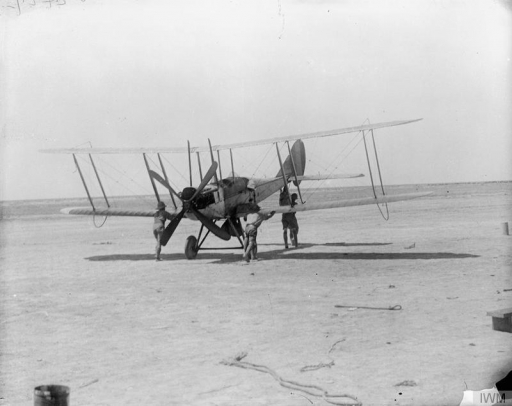The Ottoman Army captured the Mesopotamian town of Kut-al-Amara on April 29th 1916 when British-led forces surrendered after almost five months under siege.
Around 12,000 British and Indian soldiers were taken prisoner and marched first to Baghdad and later to Anatolia. Several thousand didn’t survive captivity.
Major General Sir Charles Townshend’s surrender came after the British failed in the latest of a series of attempts to relieve Kut.
Food and medical supplies were running out, taking an increasing toll on the British-Indian force and Kut’s 6,000 inhabitants.
For Townshend and his men, it was the end of a campaign that had almost taken them to Baghdad.
The 6th (Poona) Division of the Indian Army had marched steadily northwards along the River Tigris in the autumn of 1915 until checked by the Ottomans at the Battle of Ctesiphon in November.
Concerned about his losses, Townshend fell back to Kut. Lying on a bend in the Tigris, the town was considered to be more defensible. But it still lay at the end of a long supply line from the British-held port of Basra in southern Mesopotamia (present-day Iraq).
Britain had launched its Middle East campaign in November 1914, after Turkey entered the First World War on the side of the Central Powers.
The fall of Kut was a further humiliation after Gallipoli, forcing the UK Government to hold an inquiry.
British and Indian forces in Mesopotamia were reorganised under a new Commander-in-Chief, Lieutenant General Sir Frederick Maude.
Kut was retaken in February 1917, and Baghdad fell a month later.
Sources: Wikipedia, various
Images courtesy of Imperial War Museums (© IWM Q 34369)
Posted by: CN Editorial team
